| North Carolina's 189 Odonate species | ||||
|---|---|---|---|---|
| Sort Species by: Family Scientific Name [ Undocumented ] |
| Related Species in COENAGRIONIDAE: | Number of records for 2025 = 7 | |
| Photo Gallery for Attenuated Bluet 24 photos are shown. | Other NC Galleries: Jeff Pippen Will Cook Ted Wilcox | ||
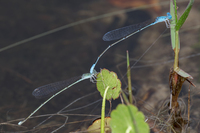 | Photo 1 by: Mark Shields Comment: Brunswick, 2025-05-19, Spring Lake Park, Boiling Spring Lakes | 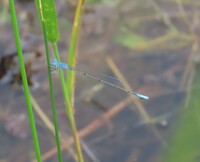 | Photo 2 by: Rob Gilson, Carolina Butterfly Society Comment: Richmond; C, 2024-06-02, Sandhills Game Land; Broadacres Lake; photo by Lori Arent |
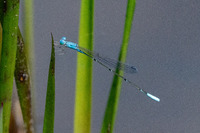 | Photo 3 by: Amy Padgett Comment: Bladen, 2024-05-23, Bay Tree Natural Area, Harrells, NC - 2:46P - in sedges at lake edge | 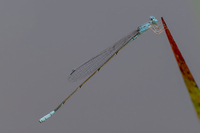 | Photo 4 by: Mark Shields Comment: Richmond; C, 2023-06-30, Lake Baggett, Sandhills Game Land |
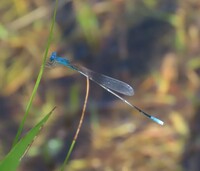 | Photo 5 by: Harry LeGrand, Lori Arent Comment: Hoke, 2022-06-26, Nicholson Creek Game Land; photo by Lori Arent | 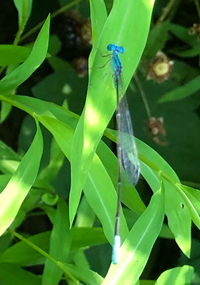 | Photo 6 by: Comment: Durham, 2022-06-12, Sandy Creek Dr., Durham; iNaturalist Record #121861402 |
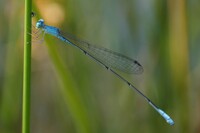 | Photo 7 by: Max Ramey Comment: Beaufort, 2022-05-30, Bear Grass VOA site | 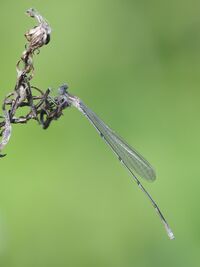 | Photo 8 by: Matt Spangler Comment: Richmond; C, 2021-05-06, Lake McKinney (lake & hatcheries) - teneral male |
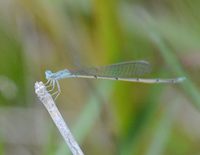 | Photo 9 by: B. Bockhahn, K. Kittelberger Comment: Scotland, 2020-06-08, Scotland Lake; female by K. Kittelberger | 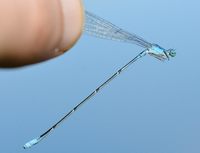 | Photo 10 by: Kyle Kittelberger, Brian Bockhahn Comment: Hoke, 2020-05-14, Nicholson Creek Game Land |
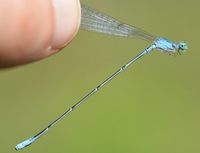 | Photo 11 by: Kyle Kittelberger, Brian Bockhahn Comment: Hoke, 2020-05-14, Nicholson Creek Game Land | 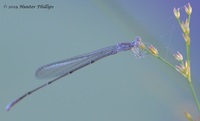 | Photo 12 by: Hunter Phillips Comment: Onslow, 2019-04-30, Private pond off Folkstone Road - One caught in spider web |
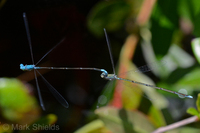 | Photo 13 by: Mark Shields Comment: Bladen, 2017-05-26, Horseshoe Lake, Suggs Mill Pond Game Land - 1 tandem pair, 1 lone male | 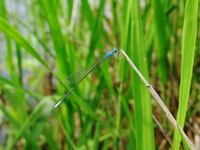 | Photo 14 by: Conrad Wernett Comment: Carteret, 2017-05-21 - Patsy Pond. Most numerous population in one spot I've ever seen. |
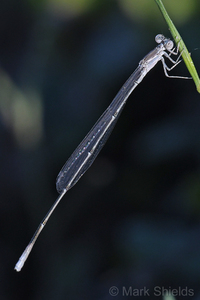 | Photo 15 by: Mark Shields Comment: Brunswick, 2017-05-02, North Lake and Spring Lake parks, Boiling Spring Lakes |  | Photo 16 by: Conrad Wernett Comment: Carteret, 2017-04-30 - Recently emerged, mature and copulating pairs in greater numbers than I have seen before |
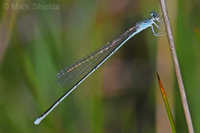 | Photo 17 by: Mark Shields Comment: Carteret, 2017-04-26, Ponds along Patsy Pond Nature Trail, Croatan National Forest; females |  | Photo 18 by: Mark Shields Comment: Carteret, 2016-05-08, ponds along Patsy Pond Nature Trail, Croatan National Forest |
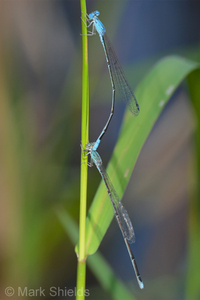 | Photo 19 by: Mark Shields Comment: Carteret, 2016-05-08, ponds along Patsy Pond Nature Trail, Croatan National Forest | 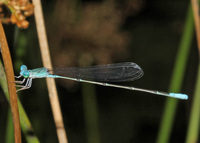 | Photo 20 by: Harry Wilson Comment: Wake, 2015-06-07, Perched on vegetation at edge of our pond |
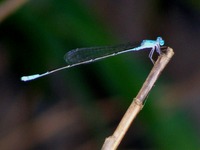 | Photo 21 by: Kevin Metcalf Comment: Mecklenburg, 2013-06-17, First Mecklenburg Co. record - Latta Plantation Nature Preserve - near shore of Mountain Island Lake | 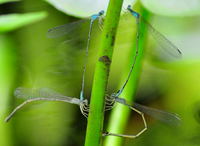 | Photo 22 by: Kyle Kittelberger Comment: Moore; C, 2013-06-12, Weymouth Woods Sandhills Nature Preserve - one at small beaver pond; rest at large beaver pond; many were mating |
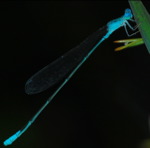 | Photo 23 by: S. Hartley Comment: Moore; C, 2012-06-07, Weymouth Woods Sandhills Nature Preserve |  | Photo 24 by: E. Corey Comment: Pender, 2007-05-31 |
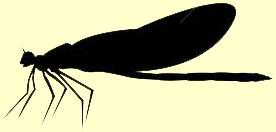
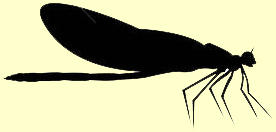 »
»